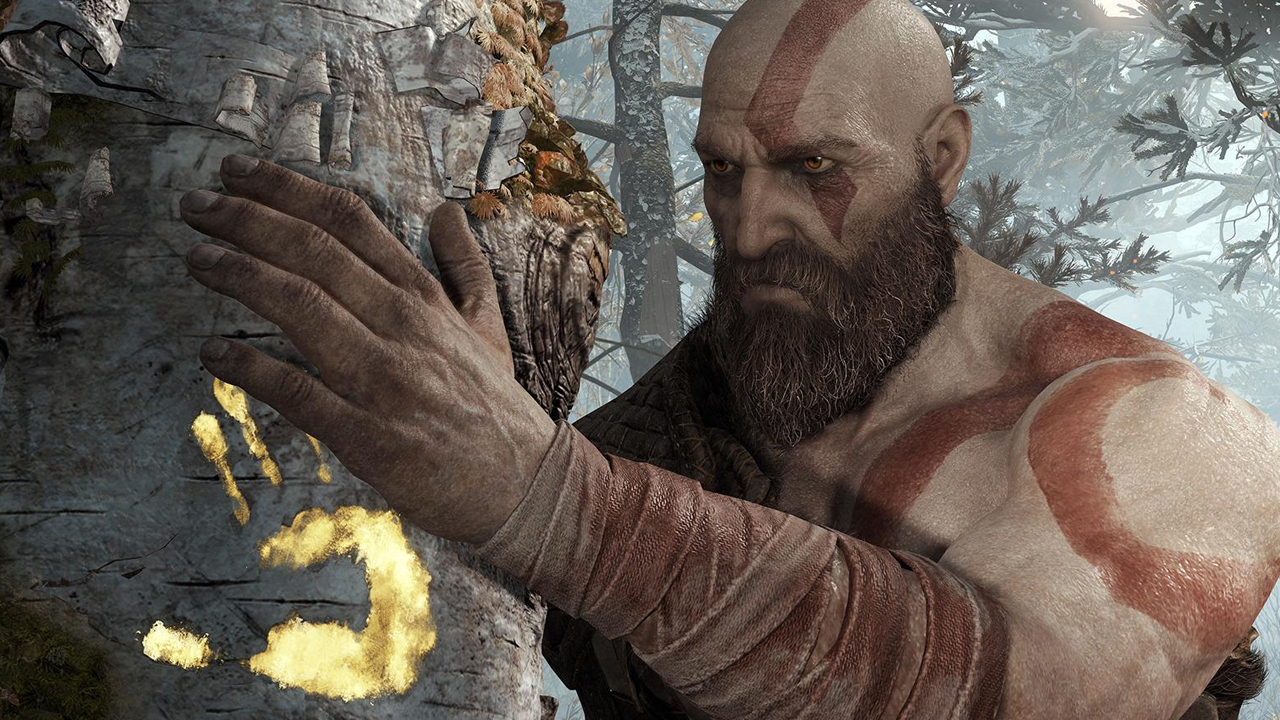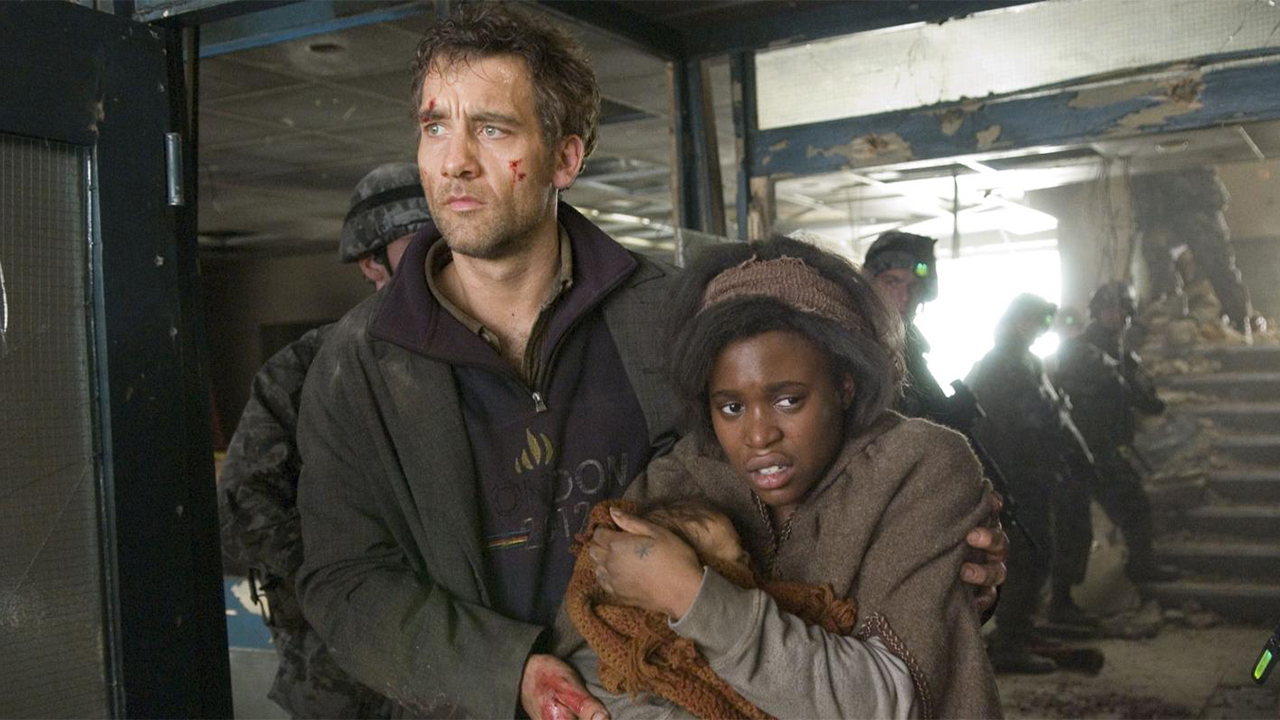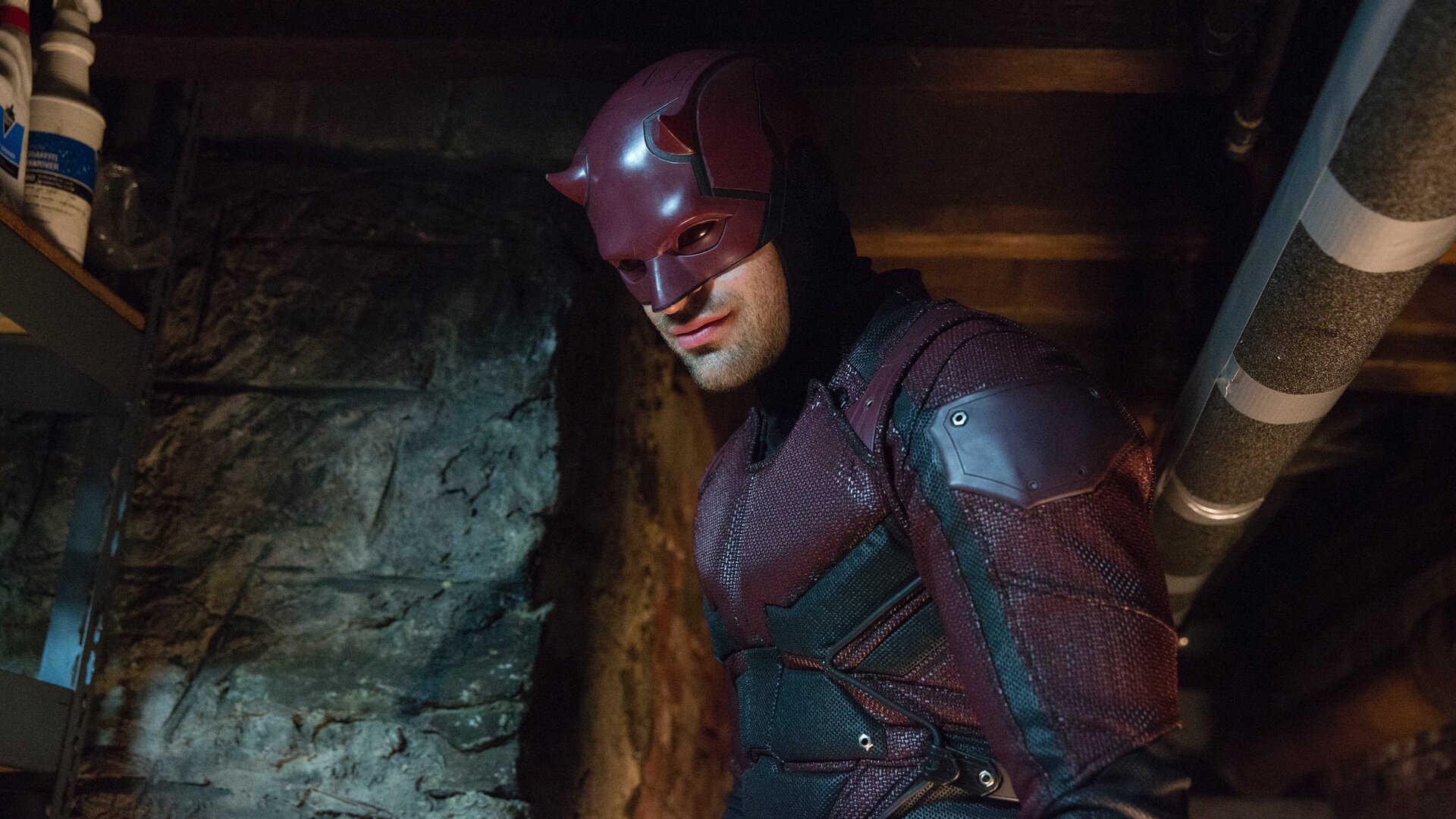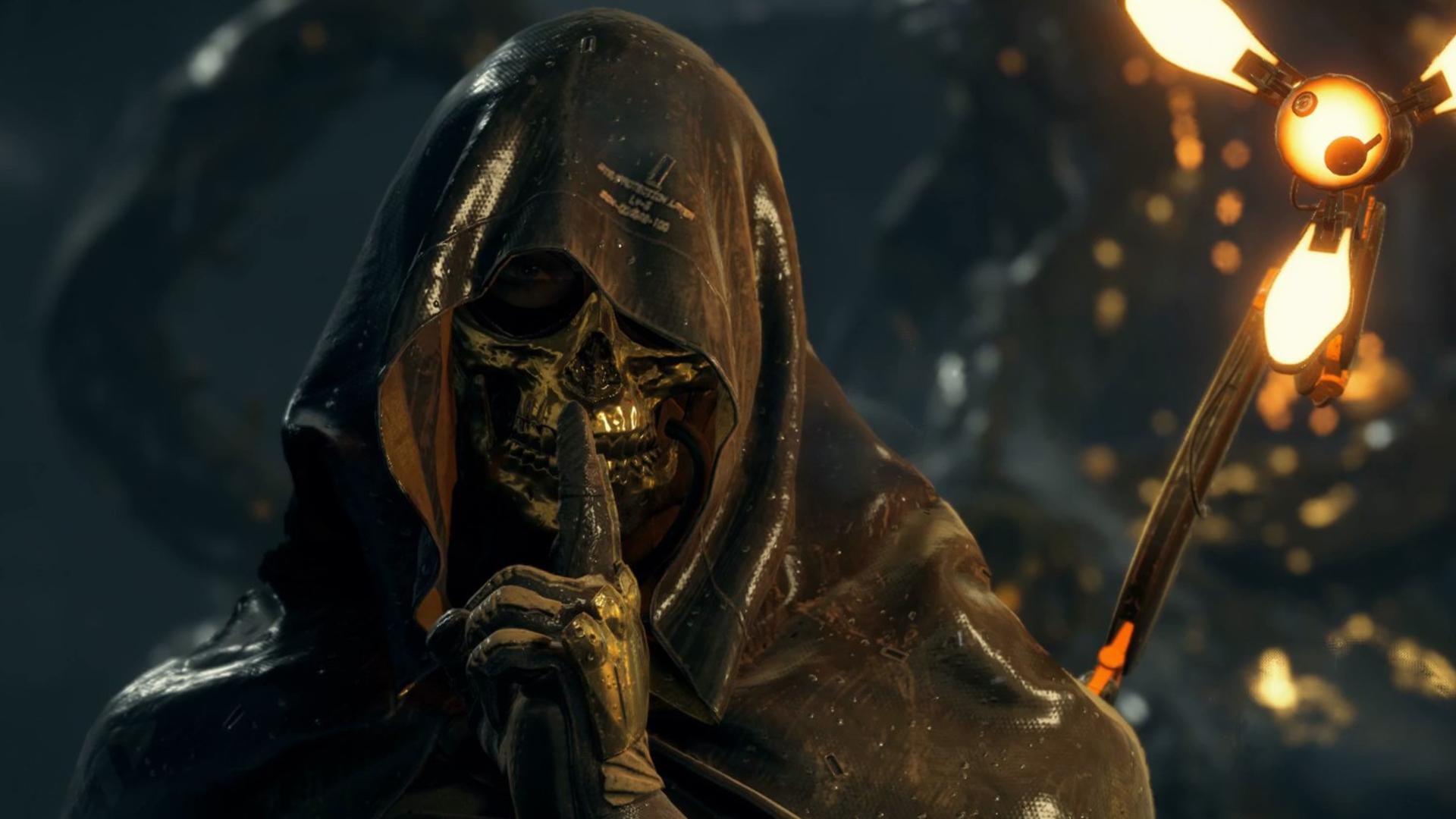From Assassin's Creed Valhalla to The Last of Us 2, why the one-shot take is becoming gaming's new favourite storytelling device - houckyouseve
From Assassinator's Creed Valhalla to The Last of Us 2, wherefore the i-guesswork read is seemly gaming's new favourite storytelling twist

For all its celebration of unseeable blades, axes, and other sharp instruments of variable lethality, you'll follow hard pressed to find a exclusive baseball swing in Assassinator's Creed Valhalla's initiative moments. Leastwise in the newspaper column sense, in any case. At that place is, of course, plenty of M for Mature slicing and dicing between steel and flesh on usher, Eastern Samoa Eivor's kin are enclosed by a predatory neighbour, but the structure through which we view that action is one, smooth, extended take, free of whatever hard cuts.
The camera glides fundament, above, and around Eivor As they struggle to defend their homeland, before devising a dangerous escape on horseback, the lens hugging them tightly throughout until an Animus glitch finally severs the associate. The entire take lasts for several minutes, and information technology makes for a profoundly compelling introduction to the fashionable instalment in Ubisoft's open humanity dealership.
"In the very primeval discussions about the current of this plot, we decided to try to be as seamless as possible," explains Assassin's Religious doctrine Valhalla's realization director, Alexandre Neszvecsko, of the creative thinking behind the cinematographic flourish. "When I started thinking almost the completely opening sequence, I instantly proposed to try and do a sequence shot, which I thought would comprise unique and immersive. IT was essential, in my opinion, in order to accomplish this flow we were looking for."
One stab, unrivalled opportunity

Assassin's Creed Valhalla isn't the only game to keep its television camera live and locked on. The Senior of United States Part 2 exploited the device to anatomy one of its to the highest degree grand (and gruesome) moments, building layer upon layer of stress as cautious civility boils over into open violence.
God of War famously choreographed its entire stake over ane extended drive, cleverly hiding its loading sequences to make sure the camera never took a break from Kratos and Atreus' Odyssey through Norse mythology. Rumour has it that Halo Infinite leave as wel use the one-shot method for Master Honcho's next-generation risky venture, while anyone who's played a recent Hideo Kojima game bequeath Be more than beaten with that auteur's specific fondness for the proficiency.
But why are games suddenly abandoning the adamantine cut in favour of yearner takes? The answer – part of it, at the least – is the same reason why so many games too have opening title sequences, post-credits cliffhangers, and Wilhelm screams. As a ultramodern average, video games are heavily influenced by the language and structure of film and TV, and with every new pace the diligence makes in animation and visual fidelity, their ability to imitate those formats only improves.

"The round was substance to achieve the flow we were looking with Assassin's Creed Valhalla."
"I've always been fascinated by those shots," says Neszvecskó. "We had many inspirations for Valhalla's opening, and mentioned and showed many another sequence plans over time to explain the vision to the varied hoi polloi we worked with, but the first examples of inspirations I remember using were Oldboy, Children of Men, and Battlestar Galactica."
Films and TV, of course, have been experimenting with the one-shot initialize for decades, but the proficiency has undergone a renaissance of sorts in recent years, as filmmakers offered rebuttals to the choppy, heavily edited "shaky River Cam" effect that dominated the action musical genre at the start of the century. Atomic number 3 a result, we've had single, uninterrupted takes from shows ilk Dead on target Investigator and Daredevil, aboard tons of films across cinema's entire gamut of genres, including most recently with Surface-to-air missile Mendes' 1917, which cuts away impartial once throughout its two hour runtime.
But while filmmakers have to conceive the many logistical limitations and hurdles of their single shot vision, game developers are able to maintain a much greater command over their cinematography, with their "cameras" adequate of clipping through and through walls, shrugging off any environmental hazards, and towering high into the sky without a unvarying piece of rigging equipment in sight.

That's not to enunciat it's a cakewalk for a gimpy to choreograph its one-shot, however. Ubisoft had to reckon long and hard about how it wanted to frame Valhalla's opening episode, with its creative, project, and technical teams all working nearly to ensure a smoothness of motion and tomography, Eastern Samoa Neszvecsko explains.
"We don't suffer an engine that is stacked to do these types of transitions," he tells me. "We had to put so many awesome brains on this sequence to fix as prizewinning as we could the many a issues we encountered. The nearly difficult part was to happen the first approach to snuff it from the gameplay where the player is in control, which was a creative request and an essential part of the experience we longed-for to deliver, to the in-game scripted moments."
"It was also a back and forth with the squad that produced the cinematic to ensure that the transition between the all longhouse sequence and the battle cinematic was matching in terms of tempo, framing, lighting, etcetera. The cinematic itself was also a circuit de force, but the tools we have are more modified to produce a sequence contrive in a controlled surround."
Lights, camera...

Merely what's so with child about the indefinite-shot, anyway? Spell its detractors argue IT tail be overused at the expense of mawkish depth or nuance, when information technology is enforced fountainhead the proficiency is hugely effective at bringing a sense of immediacy and presence to the screen – on the job to deep immerse the interview into the atmosphere of the events portrayed.
It's mobile, likewise, competent of enhancing most some desired themes, emotions, or moods across a big spectrum of genres. Just ask Alejandro González Iñárritu, who used the one-guesswork for comic rest period in 2014's Birdman, before returning to that again to envelop audiences into The Revenant's painful pilgrimage crosswise the frontier the following year.
For video games, then, there's every reason to consider framing a tantrum finished a uninominal shot, especially when the scene in question needs to land with impact and intimacy. Indeed, if you think about information technology, video games have essentially been using the one-shot for decades, with the camera fixed unwaveringly connected your character (operating room the events seen through your part's eyes) for so much of the meter you'Ra acting as them.
A more intended implementation of the longsighted take thus feels like a natural succeeding step for the medium, and one that's likely to only maturate in prevalence As time goes on. The question going forward is whether the one-shot continues to be exploited sparingly, with respect for its appropriate application, or whether IT becomes other played out video game figure that quickly outstays its wanted. For the interest of integer television camera riggers all over, pray for the former.
For more, agree out all the PS5 launch games we know about so far, OR watch the video at a lower place for our full Bravo's Creed Valhalla review below.
Source: https://www.gamesradar.com/assassins-creed-valhalla-opening-one-shot/
Posted by: houckyouseve.blogspot.com



0 Response to "From Assassin's Creed Valhalla to The Last of Us 2, why the one-shot take is becoming gaming's new favourite storytelling device - houckyouseve"
Post a Comment